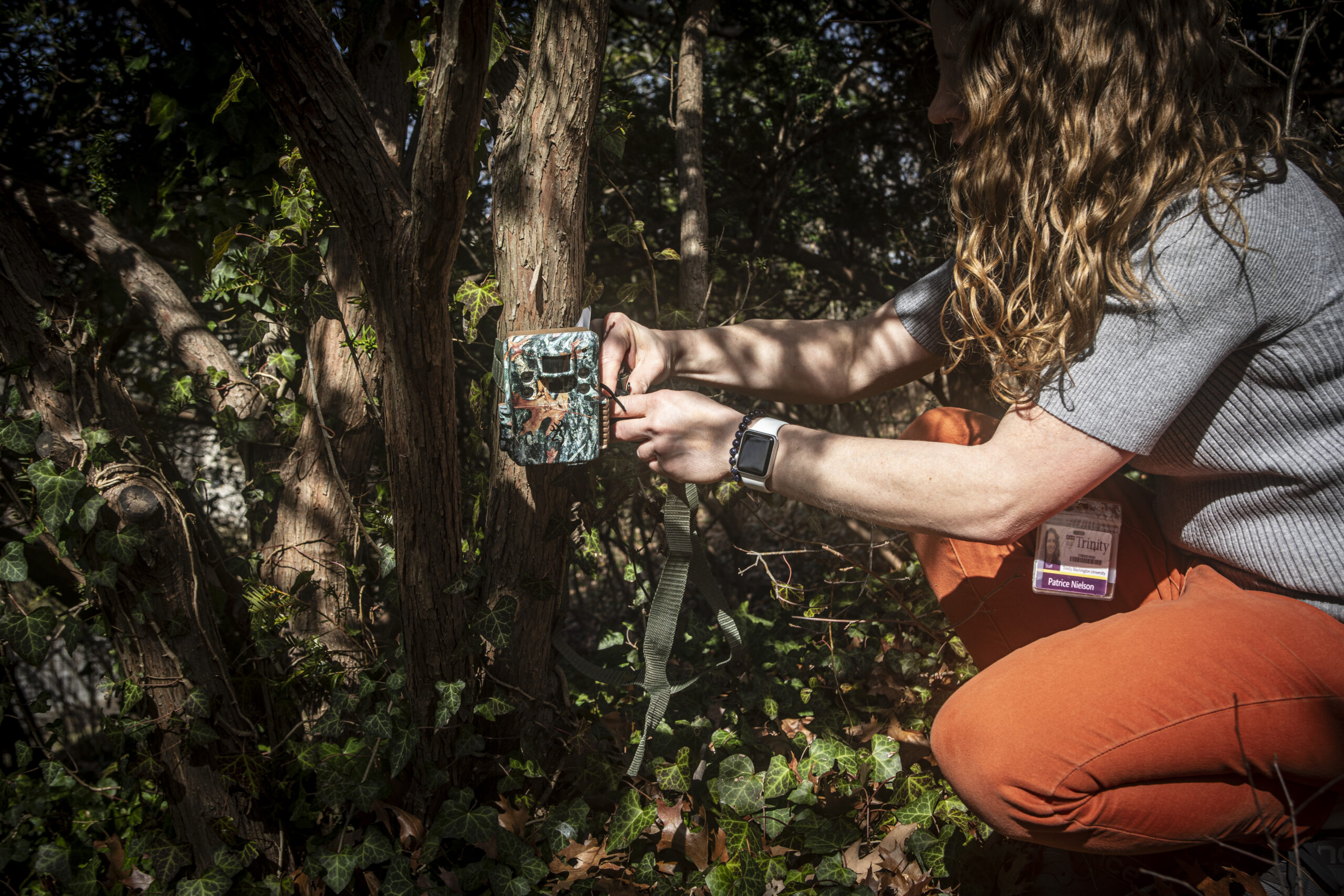
By Rosa Lopez
Trinity Times Correspondent
As Patrice Nielson pulls down a camera strapped to a tree limb on the campus of Trinity Washington University, she knows she is carrying all kinds of images that will help the research going on in the various biology and environmental science classes she teaches.
The camera isn’t intended to capture the students on campus, although there are already several security cameras that do just that.
It’s intended to take images of the wildlife who inhabit the lush campus in urban Washington.
Though the images captured so far are still being analyzed for the research and there is much more to study, Nielson said the pictures show a wide array of wildlife finding food and shelter on Trinity’s campus.
Students frequently see geese roaming the athletic fields and many spy the squirrels and racoons who have taken up residence on the grounds.
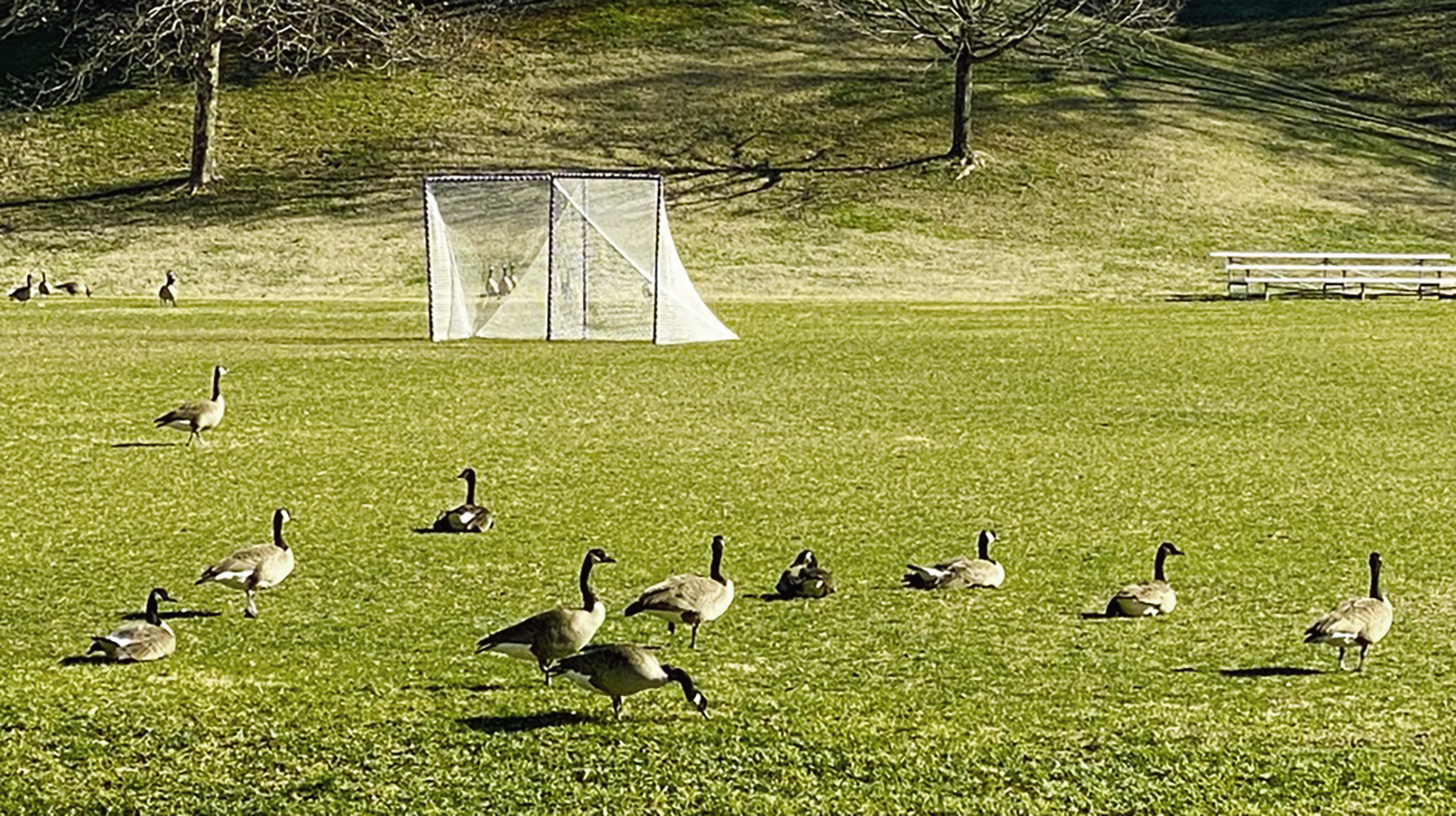
The camera traps – which captured images from the first part of the Trinity wildlife study from July through November of 2022 – so far have revealed that deer, foxes, and species not as common in the Metropolitan Washington region, such as the southern flying squirrel, have been spotted on campus.
“I was shocked to see that there are foxes in the area,” said Claudia Rosa-Rivera, a junior majoring in chemistry and president of Trinity’s Sustainable Initiatives Club. “I didn’t think D.C. would have enough space for foxes.”
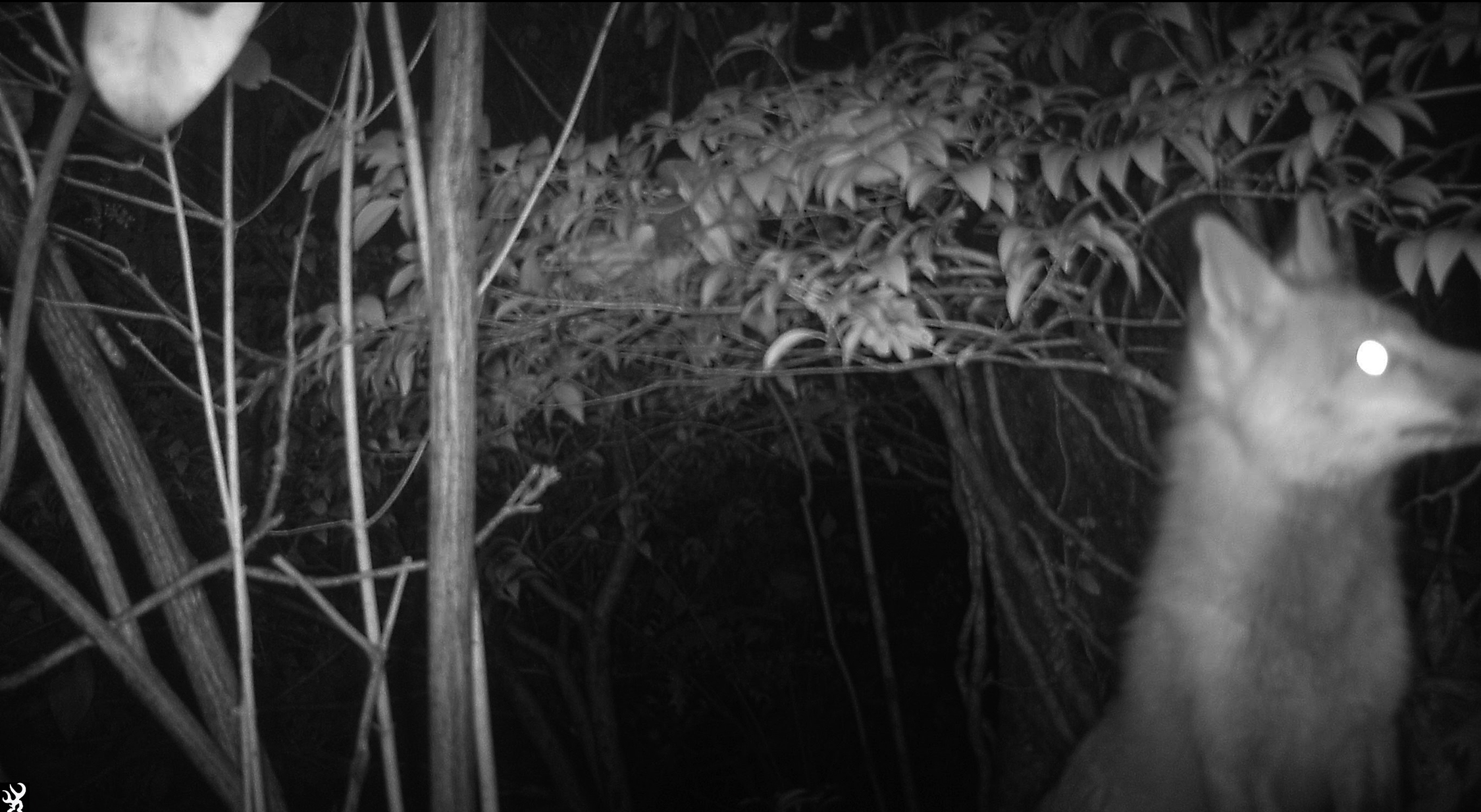
One of the questions the Trinity wildlife study was intended to answer was if mammals and birds preferred shaded or exposed areas in the summer, and those answers are beginning to become clear as students enrolled in Introduction to Biology (BIOL 101) and Discovering Planet Earth (ENVS 101), and Nielson pour over the camera trap images.
In addition to discovering how area wildlife and migratory species inhabit the Trinity campus, Nielson is using the study to teach students about ecosystems, food chains, and the impacts that humans have on environments and how that can affect animals.
“For example, when we clear trees, shrubs, and wildflowers and just plant mowed turfgrass, that reduces shelter and food available for migratory birds,” she told Trinity Times. “We saw those differences on camera. Migratory birds would stop here and eat berries off some of the bushes in the more wooded areas, but none of those birds were seen on the cameras pointing at mowed, grassy areas.”
Nielson is currently learning to use some statistical packages tailored for camera trap data and hopes to finish analyzing the information this summer.
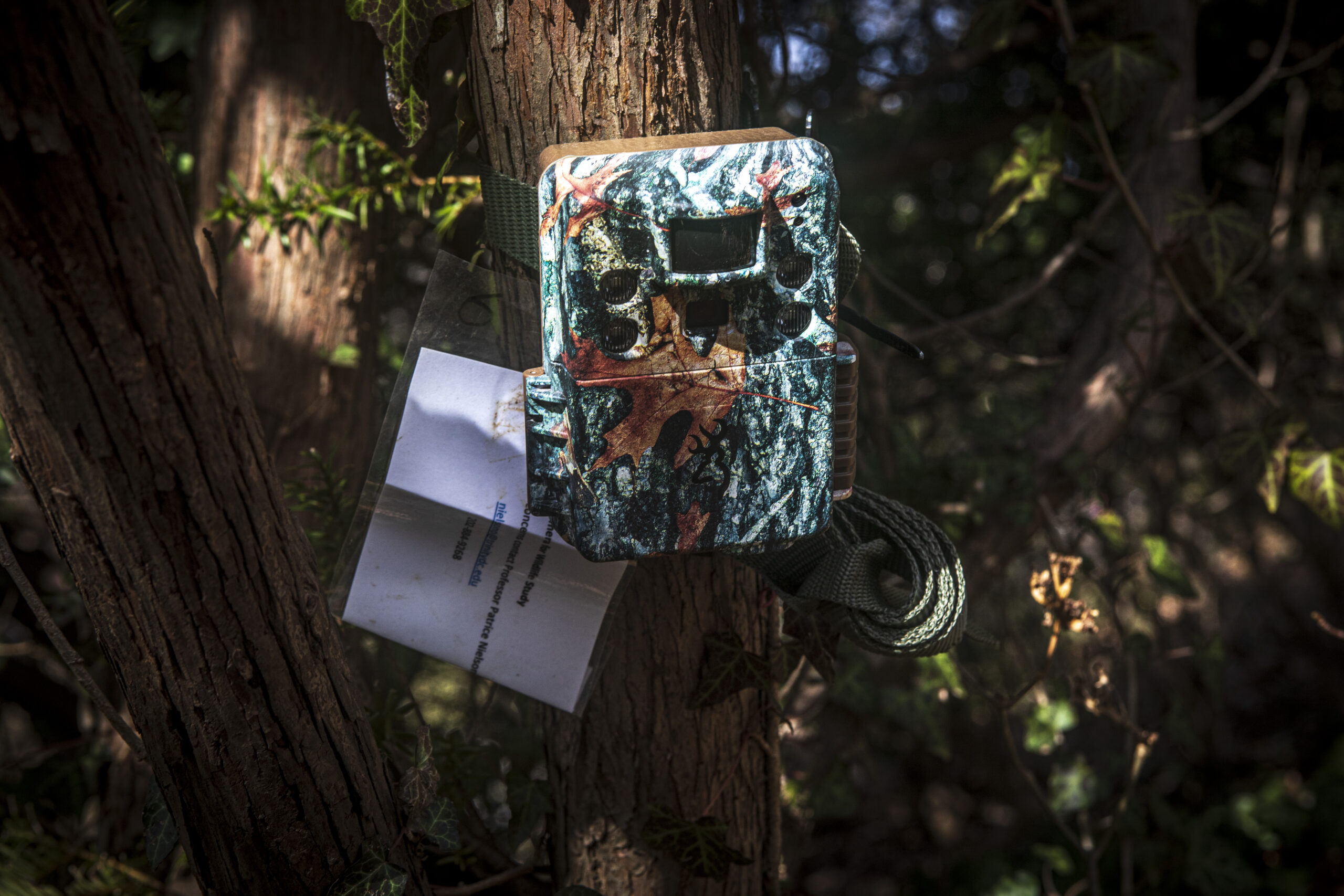
Wildlife in large metropolitan areas like the District of Columbia can be scarce and often on the move from one refuge to another, such as parks and college campuses with natural habitations.
“I am not surprised by the scarcity of animals in the area because there are not many green spaces around D.C. in which they could habitat,” said Cecilia Rivas, a Trinity junior and vice president of the Sustainable Initiatives Club. “The city’s level of industrialization has impacted its wildlife because there is an ongoing trend in construction in green spaces.”
The scarcity of local wildlife was a big change for Trinity junior Melanny Lopez-Coronado, a biology major who relocated to D.C. from North Carolina to study at the university.
“I grew up around a lot of wildlife,” Lopez Coronado told Trinity Times. “Coming to D.C., I was shocked at the amount of wildlife that was here. There are a lot of squirrels and birds here, but I rarely see any deer, rabbits or snakes, which is usually what I see in North Carolina.”
The original Trinity wildlife study was also intended to identify the animal species on campus, the types of habitats on the grounds used by the animals, and the seasons and times of day they are most active, Nielson said.
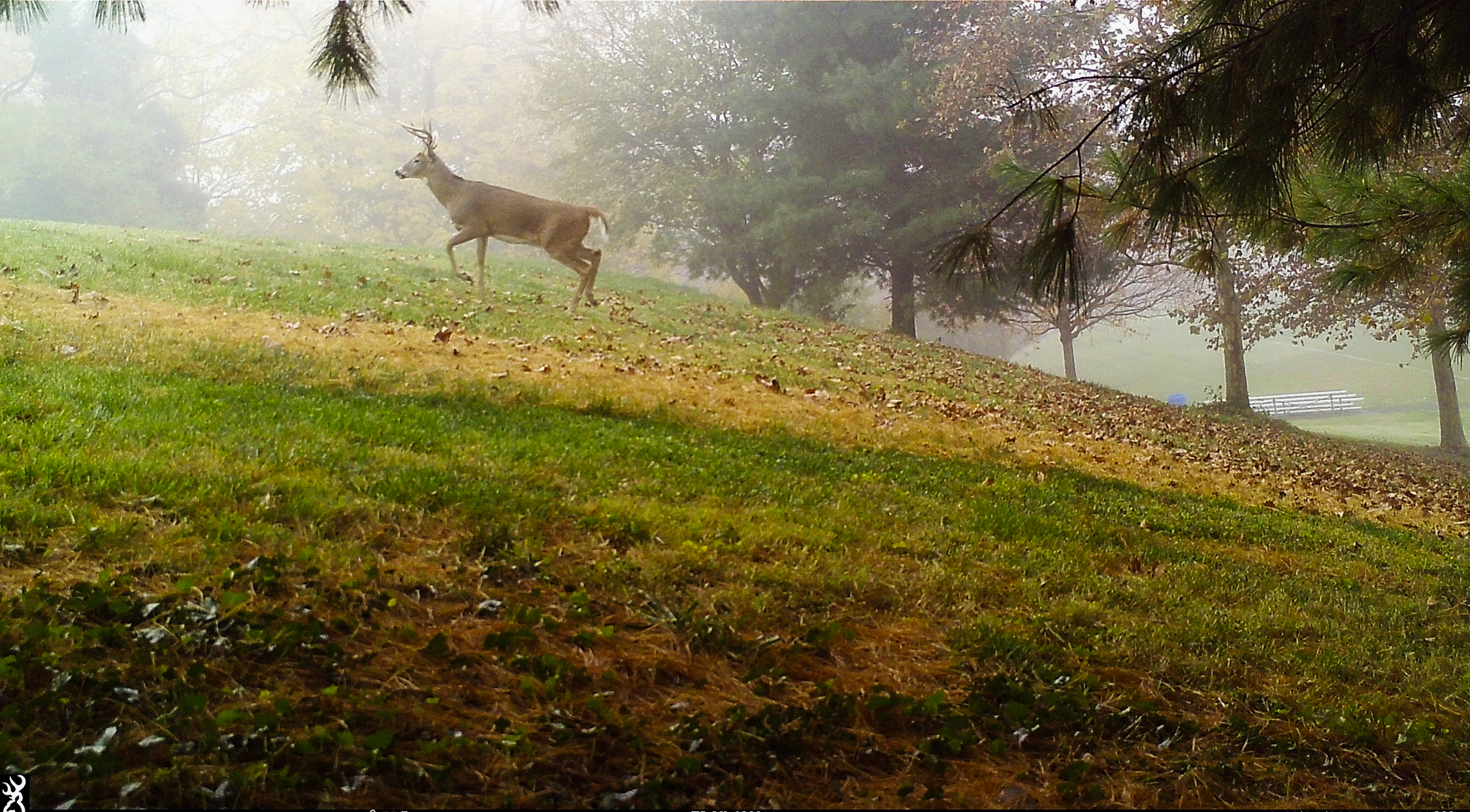
Eventually, she is hoping to analyze the habitat the Trinity campus offers and make determinations about possible changes needed to support the wildlife.
“But that will be some time in the future,” Nielson said. “For example, with evidence that our little campus habitat can support migratory birds – which it does – I hope to replace the invasive trees and shrubs with locally native species that support wildlife and a healthy habitat year-round.”
That would involve finding grant money and labor to complete that kind of environmental transformation, along with coordination with the Trinity facilities and grounds teams to understand how to maintain and care for these species, she said.
“That is probably something I would examine moving forward within the next year or two after a good analysis of the camera data,” Nielson said, “when I can show that it would benefit our campus and local ecosystem.”In the meantime, those involved in the study are recommending to their fellow Trinity students to share the campus with the wildlife in a respectful and caring way, by not getting too close to the animals and not feeling threatened by them.